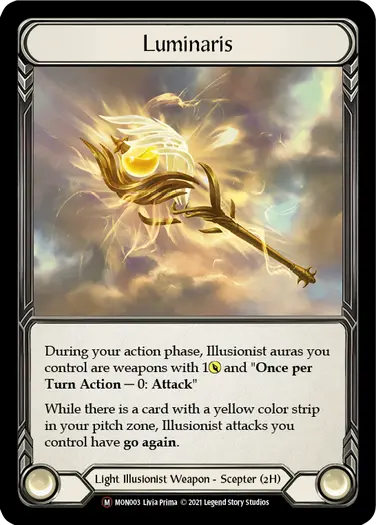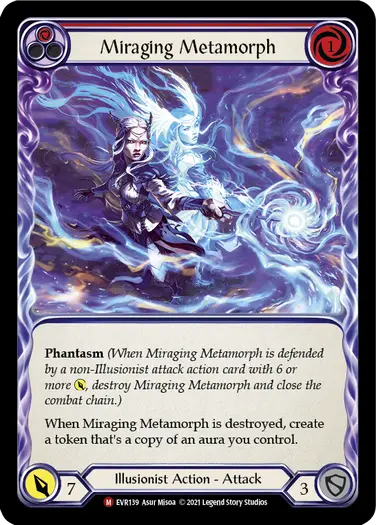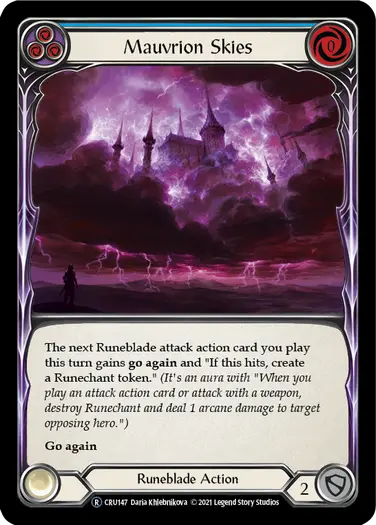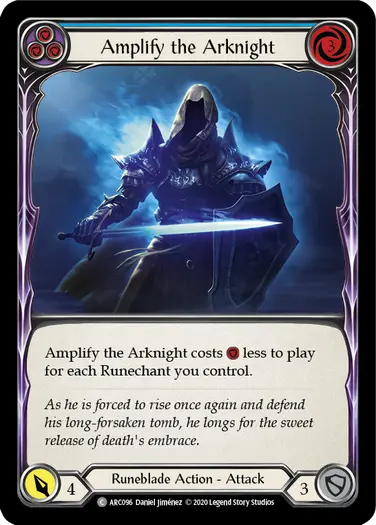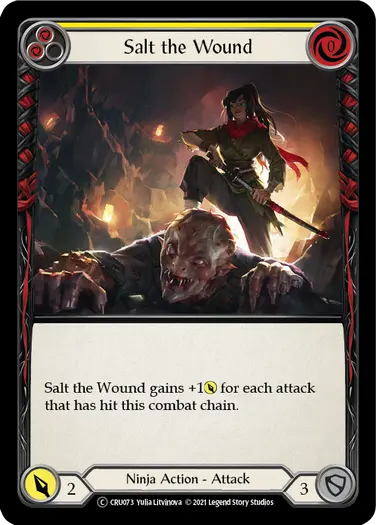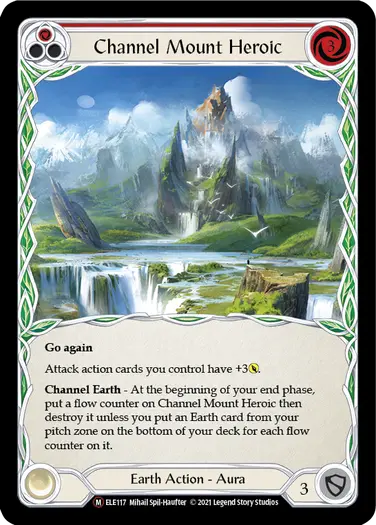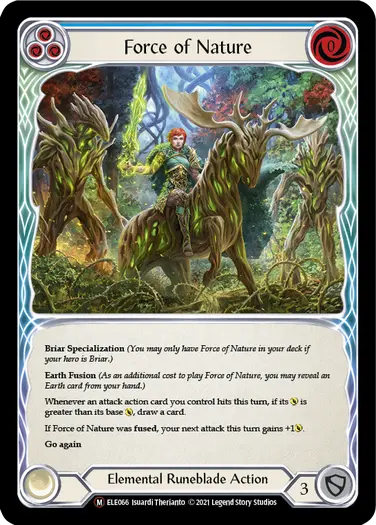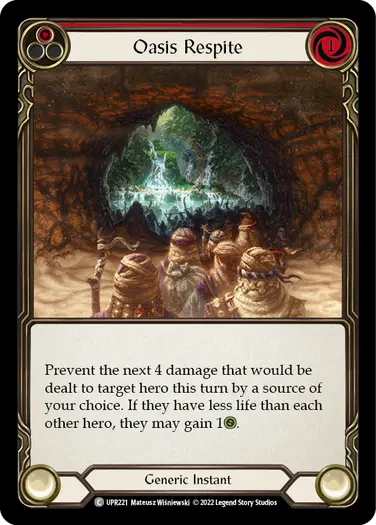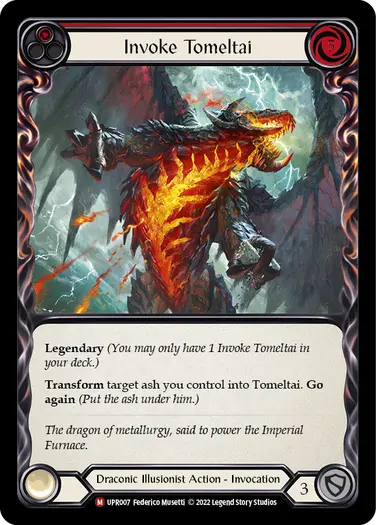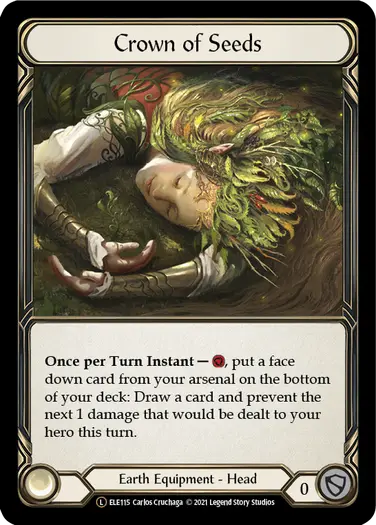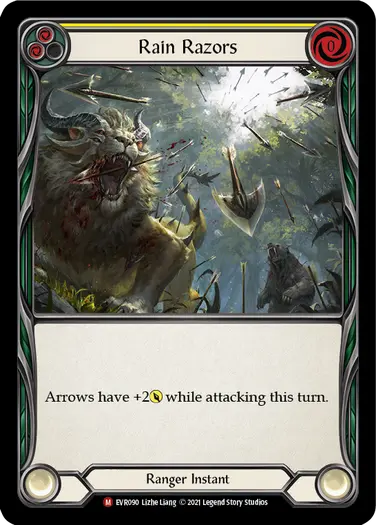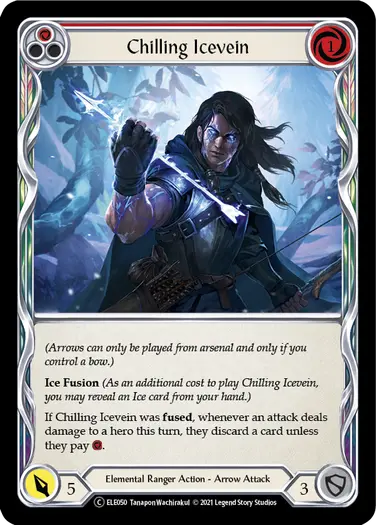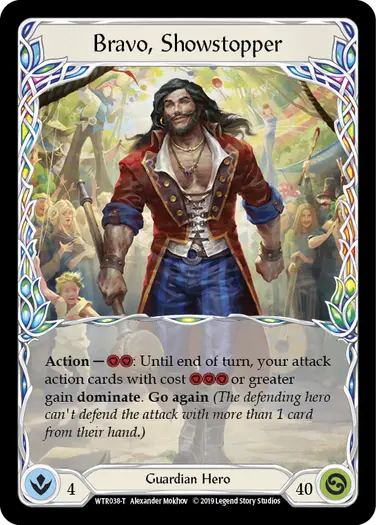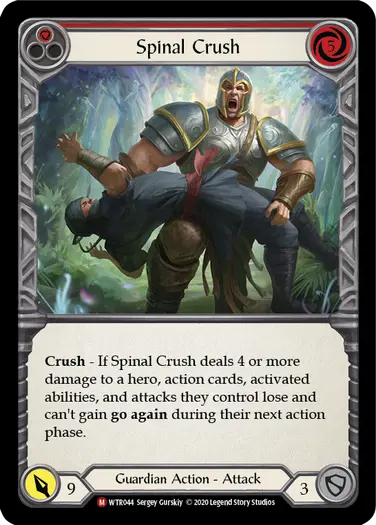We're pleased to welcome Yichin Liu as a guest writer for the Road to Nationals season! Yichin is a Level 2 FAB judge, one-third of the OK&Y podcast, and is known for his community involvement as MalZenith, writing articles and creating guides for new players. This is the second article in his two-part series discussing the Road to Nationals metagame, taking a look back on the last four weeks of events!
Hello everyone! Now that Road to Nationals season has wrapped up, let’s take a look at some of our new data. We’re going to primarily focus on the data from the last two weeks, determining the best performing decks in the metagame and breaking down how to play and play against them. If you haven’t seen the previous recap a few weeks ago, take a look here. I’ll be making a few comparisons to the data from earlier in the season within the article, but if you want to see that data yourself, you can do so at that link.
The Data
Without further ado, let’s take a look at the data from the last two weeks.
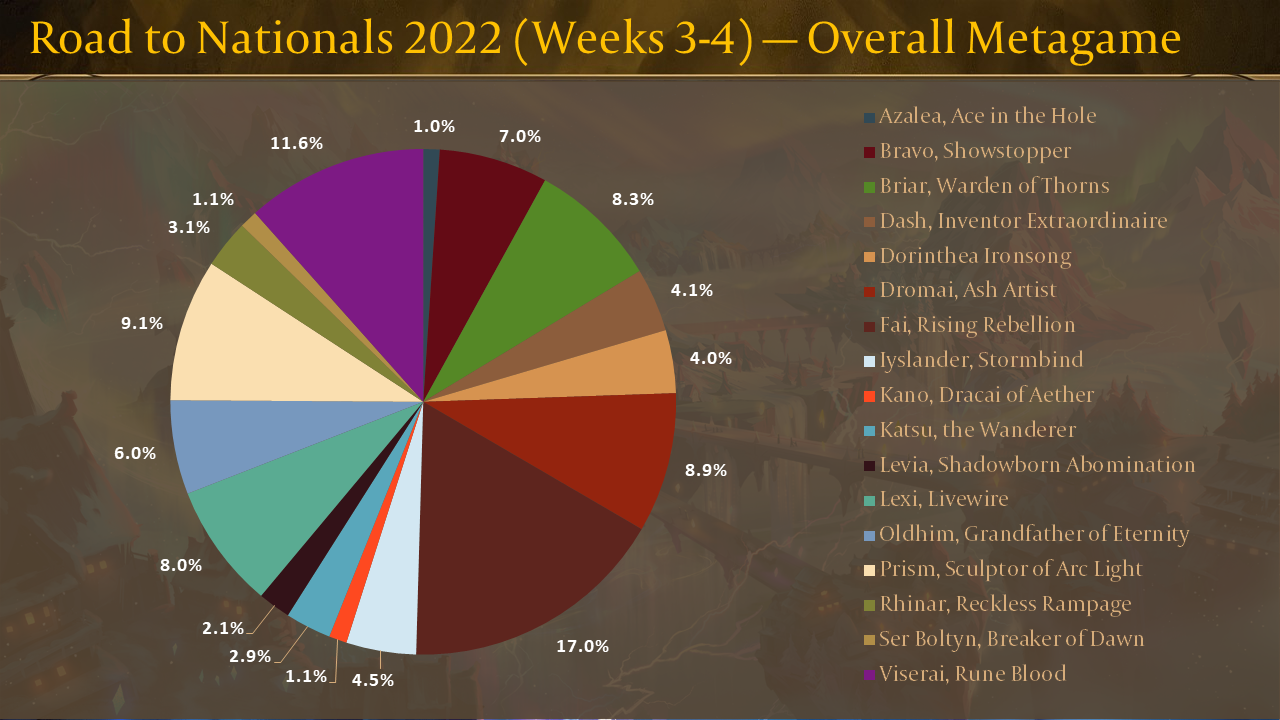
Fai stands out as the top hero in the last two weeks, wrestling that title from Briar in the two weeks prior. While it’s important to note that Fai has gotten dramatically more popular (as has Viserai), Briar’s overall metagame share decreased from about 14% to about 8%. The total proportion of the population playing these three aggressive heroes has not changed significantly; they make up about 37% of the overall metagame, up slightly from about 35.5% of the overall metagame two weeks prior. The other heroes have remained relatively stable in terms of their play rates; most heroes moved about a single percentage point of representation in either direction. With most of the movement in other heroes’ play rate falling within a small range, we can assume that it’s primarily Briar players moving to Fai and Viserai. After Fai, Briar, and Viserai, the hero with the next largest change in metagame share is Bravo, whose metagame share increased from 4% to just shy of 7%.
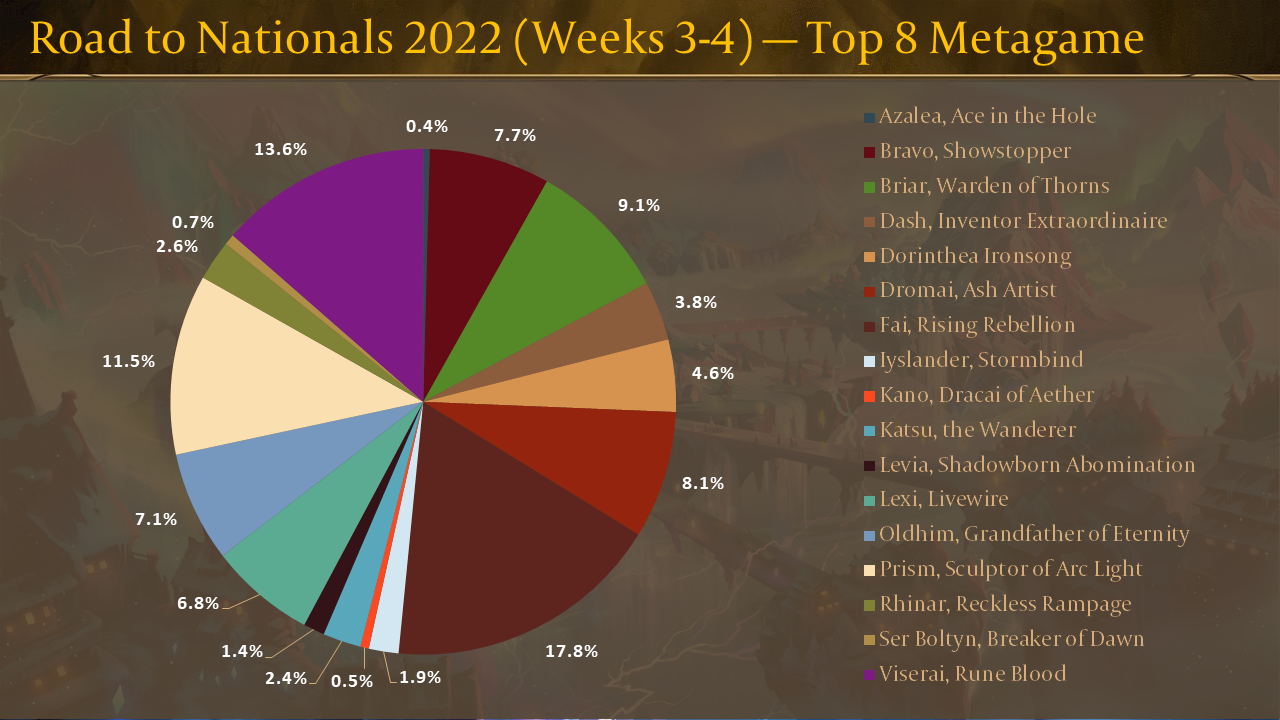
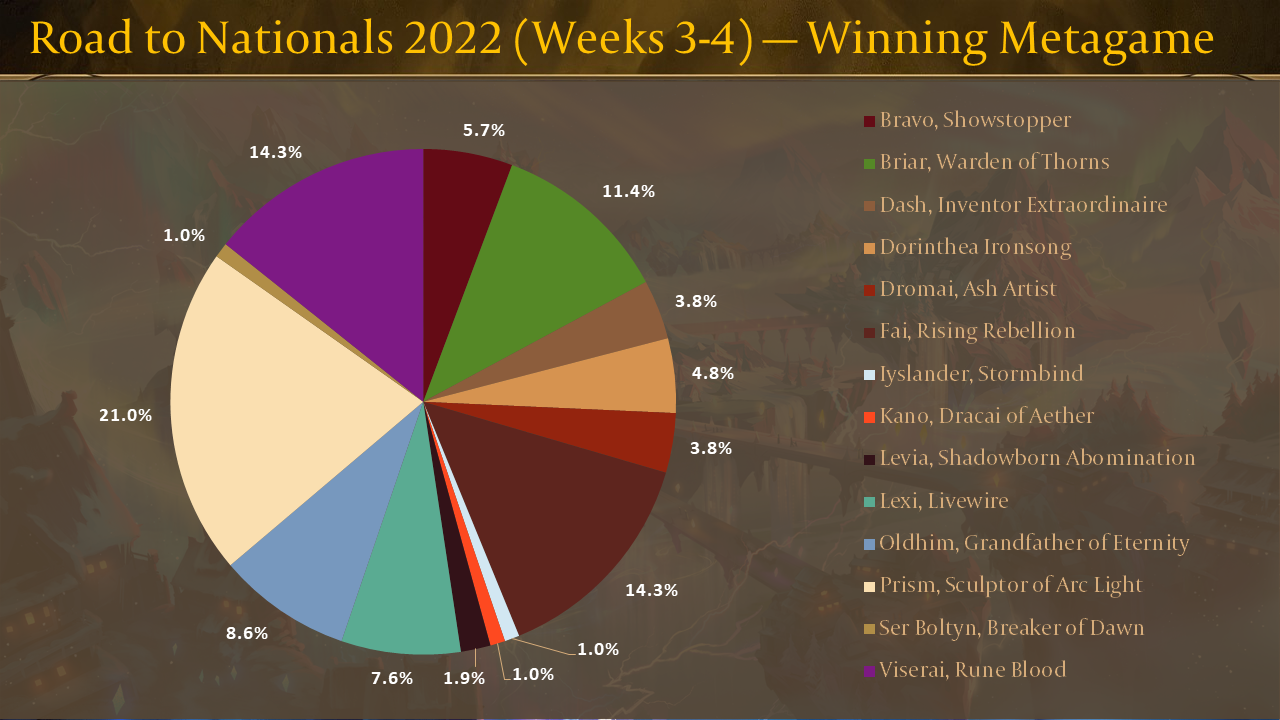
While the Top 8 chart largely follows the overall metagame with some consolidation among the popular heroes, we notice some dramatic differences when it comes to the winner’s chart. Prism, the third most popular hero, makes a plurality of the wins – from a mere 9% of the overall metagame, to 11% of the top 8s, to 20% of the winners in the last two weeks. Fai and Viserai tie for the next slot, with Briar trailing shortly behind.
| Heroes | Players | Top 8's | Wins | %Meta | %Top8's | %Wins | T8Conv | WinConv | T8toWin |
|---|---|---|---|---|---|---|---|---|---|
| Azalea, Ace in the Hole | 21 | 3 | 0 | 1.04% | 0.41% | 0.00% | 14.29% | 0.00% | 0.00% |
| Bravo, Showstopper | 140 | 57 | 6 | 6.96% | 7.73% | 5.71% | 40.71% | 4.29% | 10.53% |
| Briar, Warden of Thorns | 168 | 67 | 12 | 8.35% | 9.09% | 11.43% | 39.88% | 7.14% | 17.91% |
| Dash, Inventor Extraordinaire | 82 | 28 | 4 | 4.08% | 3.80% | 3.81% | 34.15% | 4.88% | 14.29% |
| Dorinthea Ironsong | 81 | 34 | 5 | 4.03% | 4.61% | 4.76% | 41.98% | 6.17% | 14.71% |
| Dromai, Ash Artist | 180 | 60 | 4 | 8.95% | 8.14% | 3.81% | 33.33% | 2.22% | 6.67% |
| Fai, Rising Rebellion | 343 | 131 | 15 | 17.05% | 17.77% | 14.29% | 38.19% | 4.37% | 11.45% |
| Iyslander, Stormbind | 90 | 14 | 1 | 4.47% | 1.90% | 0.95% | 15.56% | 1.11% | 7.14% |
| Kano, Dracai of Aether | 23 | 4 | 1 | 1.14% | 0.54% | 0.95% | 17.39% | 4.35% | 25.00% |
| Katsu, the Wanderer | 59 | 18 | 0 | 2.93% | 2.44% | 0.00% | 30.51% | 0.00% | 0.00% |
| Levia, Shadowborn Abomination | 42 | 10 | 2 | 2.09% | 1.36% | 1.90% | 23.81% | 4.76% | 20.00% |
| Lexi, Livewire | 161 | 50 | 8 | 8.00% | 6.78% | 7.62% | 31.06% | 4.97% | 16.00% |
| Oldhim, Grandfather of Eternity | 121 | 52 | 9 | 6.01% | 7.06% | 8.57% | 42.98% | 7.44% | 17.31% |
| Prism, Sculptor of Arc Light | 183 | 85 | 22 | 9.10% | 11.53% | 20.95% | 46.45% | 12.02% | 25.88% |
| Rhinar, Reckless Rampage | 62 | 19 | 0 | 3.08% | 2.58% | 0.00% | 30.65% | 0.00% | 0.00% |
| Ser Boltyn, Breaker of Dawn | 23 | 5 | 1 | 1.14% | 0.68% | 0.95% | 21.74% | 4.35% | 20.00% |
| Viserai, Rune Blood | 233 | 100 | 15 | 11.58% | 13.57% | 14.29% | 42.92% | 6.44% | 15.00% |
Finally, we have the full data from weeks 3-4. The two statistics we’re going to focus on are Top 8 conversion rate and Win conversion rate – in other words, what percent of players on the hero made it to Top 8 and the winner’s seat.
One thing you’ll instantly notice is that the heroes that have the highest Top 8 conversion rate are not necessarily the most popular! As noted in the charts above, Prism has a strong conversion rate at about 46.5%, with the next heroes being, in order: Oldhim, Viserai, Dorinthea, and Bravo, all at above 40%. The Win conversion rate also tells a similar story. Once again, Prism remains at the top spot, but trailing her are Oldhim, Briar, Viserai, and Dorinthea. Notably, Fai, the most popular hero, is not converting his play rate into wins as often as his popularity would indicate; his conversion rate in both statistics is about average compared to the overall metagame.
Analyzing the Metagame
We can put together the heroes in general performance categories. In one camp, we have our driving metagame forces – the decks that are popular and strong enough to expect in any event going forward. Those heroes are Prism, Viserai, Fai, and Briar. Together, they make up about half (46%) of the all heroes played this season. Notably, three of those four heroes lean aggressive, making having a strong gameplan playing against these aggressive decks vital to success in the metagame.
Next, we have the dark horses. These are heroes that have good performance, but are not necessarily a big part of the overall metagame. Dorinthea and Oldhim are firmly in this camp as the standout performers in both top 8 conversion and win conversion. When looking at either one alone, we can place Bravo, Dash, and Lexi here as well. In this category, it’s important to note that Dorinthea, Oldhim, and Bravo are decks that traditionally have a lot of difficulty winning against Prism; an indication that, if you remove the presumed high loss rate into Prism, they are favored when matching into the decks in the metagame. Keep an eye on these decks, especially in the near future if Prism becomes a Living Legend.
Finally, we have the underdogs. These are heroes that are underperforming – but, in a few cases, may still be popular for other reasons. Dromai, Iyslander, Rhinar, and Katsu are the most popular of them right now. Though Dromai, Rhinar, and Katsu all found some small success earlier in the metagame, their recent performance yielded less than satisfying results. Rhinar and Katsu were two of the three heroes that failed to pick up a single Road to Nationals win in the last two weeks – despite even less popular heroes getting a few wins here or there. Just because a hero may be underperforming, of course, doesn’t mean that players shouldn’t consider their gameplan and practice a few games against the deck. In fact, it’s often these faithful players of unpopular or underperforming heroes that have breakout performances in larger events, exploiting their opponents’ lack of familiarity with the hero to their advantage.
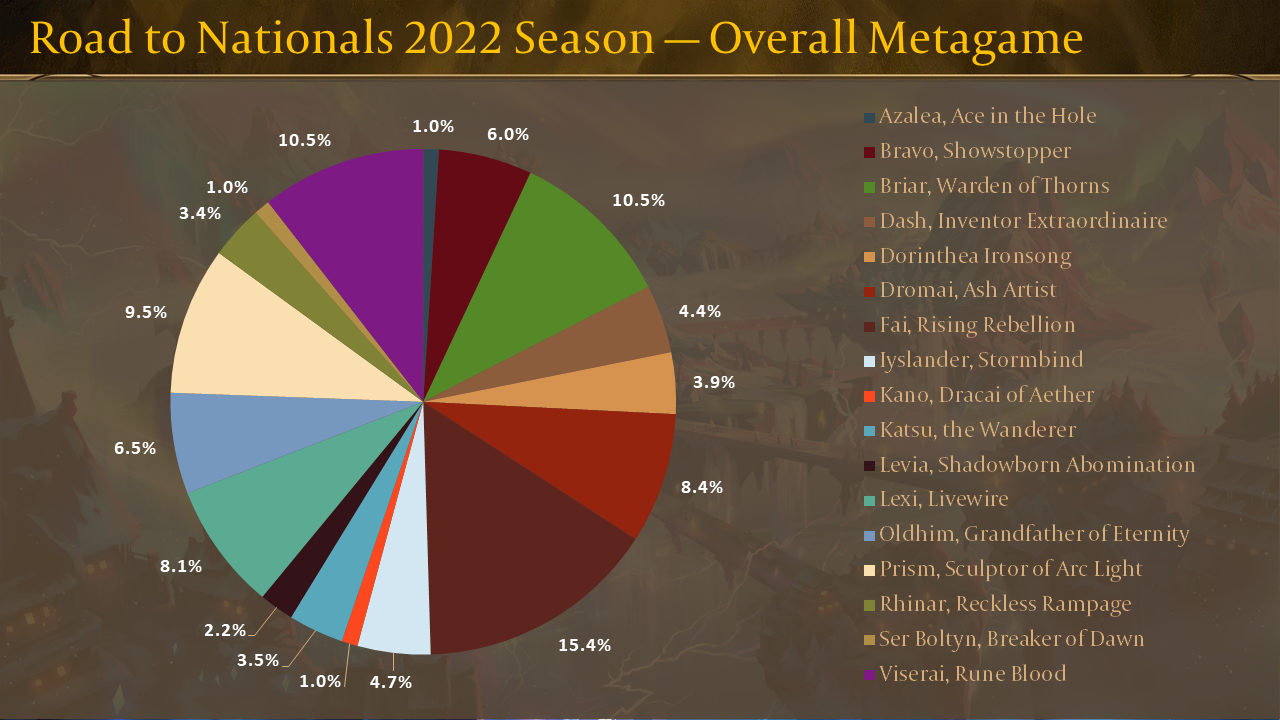
Decks to Expect and Counterplay
Of course, talking about heroes and performance is just fine, but what should you expect when you sit down against your opponent and they tell you they’re playing a certain hero? What should your gameplan be? Statistics are largely good for a big picture overview, but just because your hero might not be performing as high as other heroes doesn’t mean you can’t win. Other heroes are still finding plenty of victories, and playing a deck that you are familiar with will almost always yield better results than one you’re not. Let’s review the major decks and what you, as a player, should do when preparing your gameplan against them.
Prism has been a classic constructed mainstay since Monarch season, and as she finishes just shy of 1000 Living Legend Points, she’s definitely ending her run in Classic Constructed with a bang. Her primary builds either aim to lay down one or two auras per turn and create a snowball effect as the auras become too much for an opponent to handle, or utilize a wide variety of heralds and auras that get put into soul to turn on Vestige of Sol and Tome of Divinity. She primarily uses the former gameplan against classes like Wizard or Guardian, which have trouble dealing with the auras efficiently. The latter gameplan is most effective against aggressive decks or decks with minimal 6 power attacks, exploiting the opposing decks’ unwillingness to block.
Though her newer, herald-focused builds make her more comfortable facing aggressive decks, she still is weak to aggression in matchups where she is unlikely to get too much time to set up. In order to manage them, classic ways of dealing with Prism’s auras like Lead the Charge, Time Skippers, and class-specific strategies like High Octane or Runic Reclamation are recommended. When preparing for Prism, it’s important to learn which of her auras you’re worried about – for example, if your primary gameplan is to rush Prism down, auras like Merciful Retribution or Haze Bending should be lower on your priority list than other auras like Genesis. One other key to the matchup is to learn when threatening lethal damage is in your best interest over aura management – even cards like Genesis can’t get much value if you’re able to force Prism to commit her whole hand to blocking your attacks each turn.
Viserai lost his beloved Bloodsheath Skeleta, but still remains a popular hero with a flexible plan. He primarily aims for aggression, utilizing combinations of cards like Mordred Tide, Mauvrion Skies, and Revel in Runeblood to create massive amounts of Runechants to overwhelm the opponent’s defenses. His current favorite flavor of aggression utilizes the go again provided by Mauvrion Skies with efficient 2-cost attacks like Shrill of Skullform to have strong three card turns while also being able to save another card in hand to set up for a later turn.
While playing against Viserai, one of the key things to understand is learning when to disrupt him. While Viserai can chain back to back turns, pushing a large amount of damage, he usually requires 4-5 cards in hand to do so. Viserai frequently utilizes the breathing room created by these turns to set up the next one, and will block efficiently to maximize Runechant generation during that turn. If Viserai is blocking more than usual during a turn, it may be wise to save a card for arsenal, setting up a bigger follow-up turn that Viserai can’t ignore without major consequences. Uprising and Everfest also saw a number of cards printed to target Viserai, with cards like Fog Down, Hypothermia, Erase Face, and Pyroglyphic Protection (Blue) all targeting various aspects of his kit to disrupt his turn and dramatically reduce his damage potential.
Fai is the popular new kid on the block, owing partially to his straightforward gameplan of hitting everyone in the face until they die. He has two primary ways of accomplishing this: a more consistent gameplan utilizing the bonus from Tiger Strike Shuko and Mask of Momentum to maintain tempo and threaten opponents into blocking; and a more explosive but fragile aggro-combo plan utilizing Mask of the Pouncing Lynx, Salt the Wound, and Stubby Hammerers to deal 30+ damage in a single turn. The latter build has been gaining popularity and traction as of late, so expect to see this become the primary version of Fai going forward. Some players have gone even further all-in on this plan, even using cards like Blossom of Spring over Fyendal’s Spring Tunic or Vest of the First Fist in order to ensure they are able to combo off as soon as possible.
As one of the newer decks on the scene, many players are still developing counterplay to Fai, but the general consensus is that Fai’s damage potential skyrockets dramatically if he’s allowed to properly set up and attack with a full hand. In addition to traditional forms of disruption like the reliable Command and Conquer/Pummel combo, there are a few other ways to ruin Fai’s day. You can remove go again from his attacks via cards like Spinal Crush or Blizzard; prevent him from searching his deck for more attacks with Channel the Bleak Expanse; or dampen his attacks directly via cards like Crush the Weak or even This Round’s On Me if you’re feeling daring. Erase Face, a new disruptive staple, is also useful against Fai to prevent his attacks from gaining bonuses based on the number of chain links, but keep in mind some Fai builds are prepared for it and have built their deck to reduce their reliance on cards that check for Draconic chain links.
Though she’s lost a bit of popularity, Briar remains a significant force in the metagame. Her current most successful build hasn’t changed much since the beginning of the season; utilizing the spike in power provided by Channel Mount Heroic with several 4 power, 0 cost go again attacks to overwhelm the opponent. For the most part, it’s just raw damage, but the potential of going wide with several attacks in a turn thanks to Force of Nature and Snatch provides some amount of must-block threat to the deck.
Despite her aggression, Briar’s primary win condition comes from Channel Mount Heroic. On turns where she’s able to set up 3-4 attacks with it, she usually gets enough of an overwhelming advantage in the damage race that she can seal her victory. As her opponent, you need to be on the lookout for those turns and prepare to disrupt her turn or get rid of Channel Mount Heroic. Cards like Erase Face will disrupt her hopes of having the aura stick around for more than one turn, but pressuring her hand so that she can’t get any value off of Channel Mount Heroic is more important, via cards that force out blocks. Even more niche – but more devastating – are ways to get rid of the aura entirely, like with Runic Reclamation.
Though her performance isn’t the most spectacular, Dromai is a fairly popular hero that partially owes her popularity to how fun summoning dragons is. In general, Dromai decks have been becoming more defensive, utilizing a full suite of defensive cards like Oasis Respite, Sigil of Solace, and the usual 0-cost, 4-block defense reactions to grind opponents down via small pokes from her dragons.
It’s important to be wary of your life total when playing against Dromai, especially when a well-timed Tomeltai can melt through your arcane barrier equipment, leaving you vulnerable to be ground down by Burn Them All and Azlovai. Heroes that have a seemingly unlimited amount of phantasm “poppers” like Bravo or Oldhim, and heroes that can deal mixed damage like Viserai are especially good against her. Heroes that expect to exploit dragons for on-hit effects may find success against less experienced Dromai players, but run the risk of being fatigued by Dromai players who are careful not to let that happen.
Though Oldhim was middling in terms of popularity, he performed above average and remains as one of the policing forces against many of the aggressive decks in the metagame right now. While older Oldhim decks were more content to sit around and block until they were able to set up a few big attacks, recent versions of Oldhim are leaning to be more proactive, as the default mode of “swing Winter’s Wail for 4, frostbite on hit” is not as disruptive to many disruptive decks as it used to be. Instead, decks are running cards like Zealous Belting, Frost Fang, and (more) Pummels to better take advantage of turns in which they have the tempo advantage.
In addition to having a poor Prism matchup, Oldhim’s other weakness comes from being forced to block with his whole hand. Despite appearances, Oldhim really wants to keep at least one card in hand for their turn; either to arsenal as to allow a Crown of Seeds activation, or to swing back with a hammer. Pressuring Oldhim so that he has to operate outside of his usual cycle will force him on the defensive and make suboptimal blocks in order to get back on it. Alternatively, setting up multiple turns in which you can deal a lot of damage at once can lead to victory against the old man.
A perpetual underdog players love to root for, Lexi has had a decidedly average performance this season. The core of Lexi’s build hasn’t changed too much; the most popular version of Lexi is still based on the Ice and non-Elemental Arrow-heavy build that Yuki Lee Bender pioneered at Pro Tour New Jersey. The deck aims to fire two to three arrows per turn with a wide variety of disruptive effects, backed by the explosive power of Rain Razors and Three of a Kind to maintain a tempo advantage until victory.
The queen of disruption, ironically, is weak to disruption herself. As easily as she gains tempo, she can quickly lose it by being subject to taxing effects like Channel Lake Frigid, or through generic disruptive effects like Command and Conquer or Erase Face. If she stumbles due to a bad hand, it can be devastating to her to be on the receiving end of arsenal destruction, or simply a powerful attack that she is forced to block. Her defensive capabilities are pretty weak, so it’s up to the one facing her to find gaps in her rain of arrows to sneak in a few big hits.
Last on our list is Bravo, a mainstay since Welcome to Rathe that needs no further introduction. After retiring from stardom, Bravo has gone back to his non-elemental roots as a midrange-control deck that aims to deliver chunks of damage with disruptive elements attached. Cards like Spinal Crush and Crippling Crush are his signature moves, but he boasts an assortment of meaty attacks that will get cards out of your hand, whether you like it or not. His current builds are fairly typical, utilizing cards like Rouse the Ancients and Zealous Belting in order to be the aggressor in matchups he can’t easily disrupt, and cards like Unmovable in matchups that he needs the extra defense in.
Playing against Bravo is also fairly straightforward; while he’s gotten a few new cards here and there, his core gameplan remains the same: swing with Anothos on your off-turns to set up, and then come in with a big swing when the time is right to take the tempo. Find some of the key cards your hero is worried about, then save your extra armor for when you need to avoid a crush effect. Aggressive decks will want to save their armor for attacks like Crush the Weak or Spinal Crush that completely stop their turn. Any deck that isn’t completely aggressive may want a few defense reactions like Sink Below or Unmovable to block out Bravo’s bigger hits, especially if he chooses to give them dominate.
Other Heroes
Of course, the heroes not mentioned above shouldn’t be discounted either! Heroes like Dash and Dorinthea have been putting up good results despite flying mostly under the radar, and I encourage all players to at least understand how heroes outside of the meta are built and what their gameplan is. As Sun Tzu once put it, “If you know the enemy and know yourself, you need not fear the result of a hundred battles.”
Now that Road to Nationals season is behind us, the next big displays of skill in Classic Constructed will be the upcoming Callings and Pro Tour Lille. Will Prism get her remaining 2 Living Legend points and retire after the Pro Tour? Will Fai become the deck to beat as players bring him en masse with his combo build? Will any of our dark horses become major players in the meta? Time will tell, and I hope you’ve enjoyed these last two articles as a viewer and player’s guide to the upcoming events!
Yichin Liu is a competitive Flesh and Blood player and author of content relating to gameplay and strategy. The opinions expressed in the above article are his own and do not necessarily reflect the views of Legend Story Studios.

